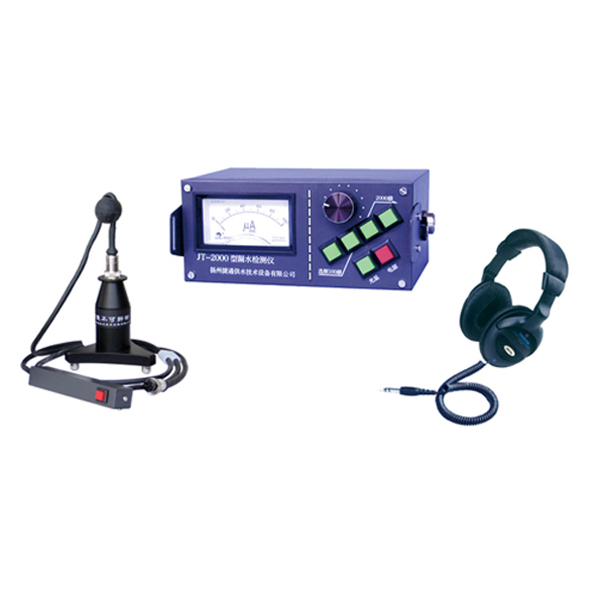

market@chinacoalintl.com
Underground water leak detectors are devices designed to identify and locate leaks in underground water supply or irrigation systems. While there are various types of detectors available, the most common method used involves acoustic technology. Here's a general overview of how underground water leak detectors work:
Sensing Mechanism: The detector consists of sensitive microphones or sensors that can pick up sounds or vibrations generated by water leaks. These sensors are designed to detect the specific acoustic signature of a leaking pipe, such as the sound of water escaping under pressure.
Listening for Leaks: The detector is placed in close proximity to the underground water pipes or fittings being inspected. This can be done by attaching the sensors to the ground surface or by using specialized equipment that can be inserted into the pipeline.
Background Noise Isolation: The detector needs to isolate and filter out background noises, such as traffic sounds or environmental disturbances, to focus on the specific sounds of a leak. This is achieved through signal processing techniques that analyze and distinguish the unique characteristics of the leak sounds.
Signal Processing and Analysis: The detector's software analyzes the signals captured by the sensors and processes them to identify potential leak locations. It looks for distinct patterns or frequencies associated with leaks, such as high-frequency hissing or water flow noises. By comparing the detected signals to known leak signatures, the detector can determine the presence and approximate location of a leak.
Display and Output: The detector often features a visual display or indicator that provides real-time feedback to the operator. This can include a graphical representation of the pipeline layout, with an overlay indicating potential leak locations. Some detectors may also provide audio signals or alerts to guide the operator.
Verification and Confirmation: Once a potential leak is identified, further investigation is typically required to confirm its exact location. This may involve excavation or using additional tools like ground-penetrating radar to pinpoint the leak accurately.
It's important to note that different detectors may have variations in their technology or features, but the fundamental principle remains the same: capturing and analyzing acoustic signals to detect and locate underground water leaks.

© Shandong China Coal Group. © 2017
Address: No. 11, North of Kaiyuan Road, High-tech Zone, Jining City, Shandong Province, China
sales@chinacoalintl.com
Executive Editor: Zhang Wen / Editor: Linda Zhang